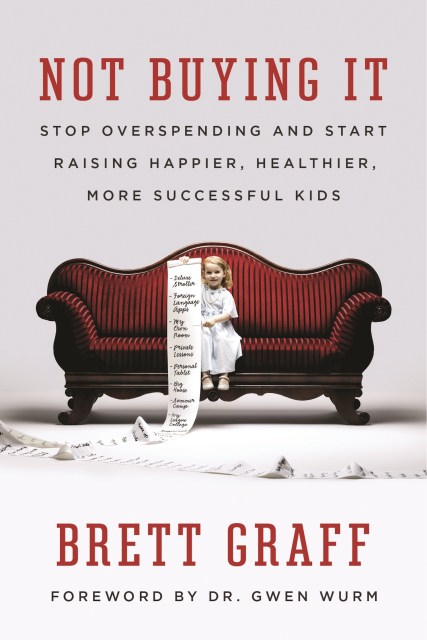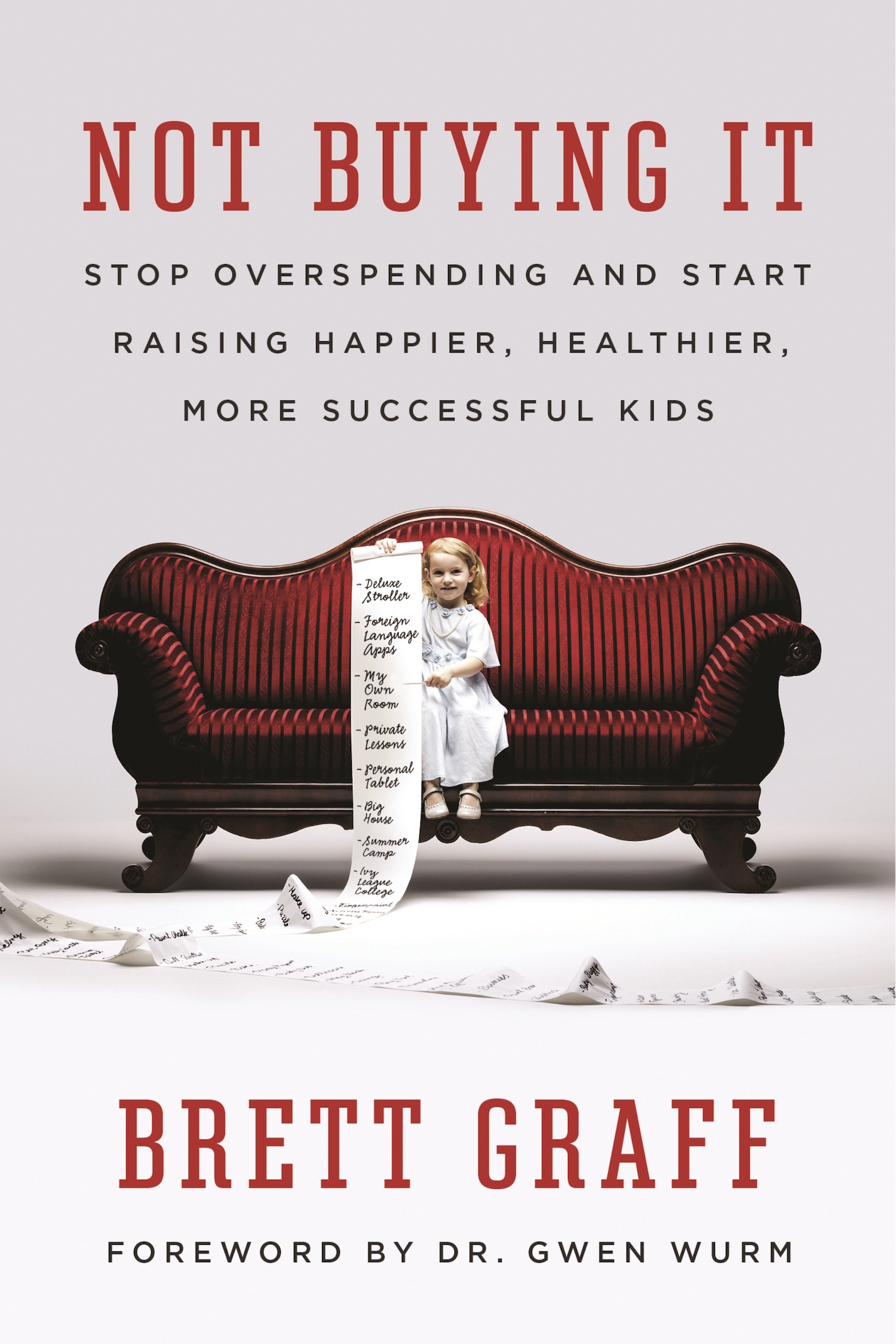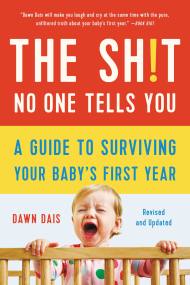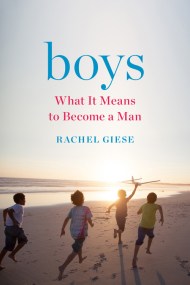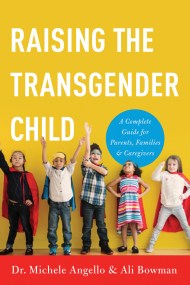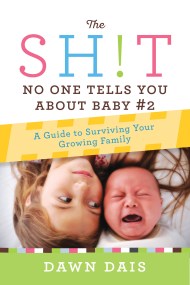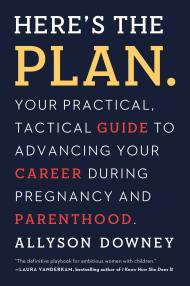Promotion
Use code BEST25 for 25% off storewide. Make sure to order by 11:59am, 12/12 for holiday delivery!
By clicking “Accept,” you agree to the use of cookies and similar technologies on your device as set forth in our Cookie Policy and our Privacy Policy. Please note that certain cookies are essential for this website to function properly and do not require user consent to be deployed.
Not Buying It
Stop Overspending and Start Raising Happier, Healthier, More Successful Kids
Contributors
By Brett Graff
Formats and Prices
- On Sale
- Mar 29, 2016
- Page Count
- 288 pages
- Publisher
- Seal Press
- ISBN-13
- 9781580055925
Price
$7.99Price
$9.99 CADFormat
Format:
- ebook $7.99 $9.99 CAD
- Trade Paperback $19.99 $25.99 CAD
This item is a preorder. Your payment method will be charged immediately, and the product is expected to ship on or around March 29, 2016. This date is subject to change due to shipping delays beyond our control.
Buy from Other Retailers:
Most parents will do just about anything to secure happy lives and bright futures for their kids. Add in competition with other parents and near-constant pressure, their drive to give their kids the best of everything can backfire, setting back the child and the household finances.
Brett Graff, "The Home Economist," exposes how overspending can harm children by setting back intellect and encouraging narcissism, depression and unhealthy or unsafe habits. By unearthing research on pricey baby gear, oversized houses, so-called "educational" toys and after-school lessons, expensive sports equipment and private coaching, even certain organic products and unregulated "natural" medicines—she even has eye-opening findings on private schools versus public schools—Graff proves that we can spend too much getting our kids ahead and wind up instead setting them back.
Not Buying It proves that sound, rational decision-making about spending is far more beneficial for our kids than purchases made out of fear, pressure and confusion. With Graff's guidance, you'll confidently create the financial strategy that's best for your family, not the one pushed by marketers or practiced by your neighbors. Not Buying It is your blueprint for emotional and financial freedom, and the stability your children deserve.
Newsletter Signup
By clicking ‘Sign Up,’ I acknowledge that I have read and agree to Hachette Book Group’s Privacy Policy and Terms of Use
